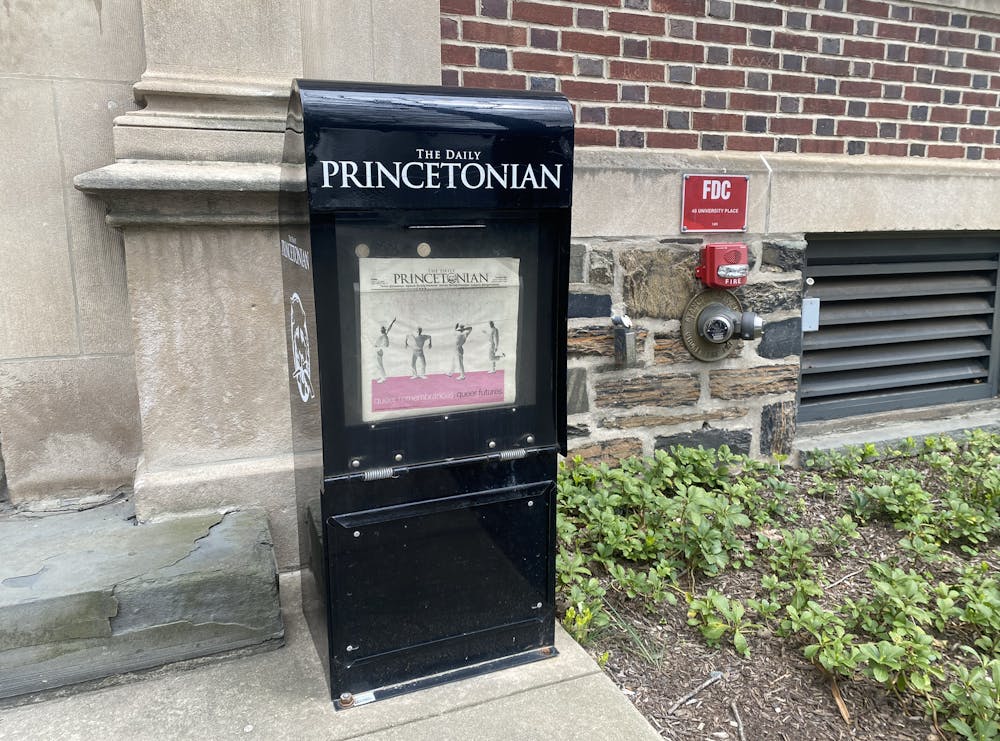I recently sat down with Robert Durkee ’69, a former top editor at The Daily Princetonian who went on to serve as an administrator in Nassau Hall for 47 years. As the Editor-in-Chief of the ‘Prince’ in 1968, he was working on a bit of a different show than I currently am — and the community that the paper served was a bit different as well.
At a tumultuous historical moment amid the Vietnam War and Civil Rights Movement, unrest ripped through American college campuses like Princeton. In that environment, Durkee’s ‘Prince’ was a local, daily broadsheet, delivering the information necessary for students and community members to navigate the basics of campus life. In the absence of today’s email listservs and social media, the ‘Prince’ included every piece of information a student might need on a given day: academic departments would place ads for info sessions, campus groups took out ads for performances, and administrators announced policy changes directly through ads. And, of course, the paper delivered the vital news of its day.
Every day, Sunday through Thursday, the news staff gathered in the newsroom to write (on typewriters) the next day’s stories; every night, the broadsheet was printed on Chambers Street just off-campus; and each morning, any student could purchase the paper (if they weren’t already a subscriber, as most were) for 10 cents a copy.
Almost unavoidably, those students’ journalism was read by the entire campus. While perusing the sole source for the day’s activities in the Orange Bubble, students would invariably stumble upon the reporting and commentary their classmates had produced.
But in the decades since, the broader media landscape has shifted in irreversible ways: the local newspaper market has shrunk, online platforms like Twitter have fractured readers’ attention spans, and almost no one absorbs today’s news through a single, all-inclusive source. These changes have impacted the ‘Prince,’ as they have every community paper.
Yet the commitment of the ‘Prince’ to capturing the key issues animating campus remains unchanged. In Durkee’s time on the paper, University President Robert Goheen ’40 revealed in a ‘Prince’ exclusive that “co-education is inevitable,” to the dismay of many alumni; debates around University divestment from apartheid South Africa filled the Opinion section; and the Honor Committee faced criticism for its overly “inquisitorial air.”
Like our predecessors in 1968, we work to both spark and reflect important campus conversations. We continue to cover fierce debates around questions of divestment, analyze powerful campus institutions like the Honor Committee, and report on the ways Princeton’s policies impact women, LGBTQ+ students, and students of color.
With each passing year, new issues land on our pages, while others are reborn from previous generations. Unlike our predecessors, however, today’s student journalists must think in equal parts about how to capture these stories and deliver them to our readers. Everywhere that we have a platform — the website, various social media, physical paper, podcasts, and the newsletter — we must think deeply about the ways we present our content.

But we can only successfully perform our role as a community paper if we are thoroughly informed on how to reach our audience and what media of information our readers value. In a world where the University can communicate announcements through Instagram stories and campus groups can blast email listservs, the ‘Prince’ continues to adapt. With every year, we’re striving to ensure that we constantly build on our goal of meeting readers and listeners where they are.
As we continue our commitments to being a digital-first daily publication and upholding tradition with our weekly print issue, we’re asking for your help in identifying how we can do better. All the effort that our staff puts into the content we produce is ultimately for naught if we fail to deliver that content to you all as effectively as possible.
To our readers: Take the readership survey today and help us serve you.
Marie-Rose Sheinerman is the 146th Editor-in-Chief of the ‘Prince’; this letter represents her views alone. She can be reached at eic@dailyprincetonian.com.









